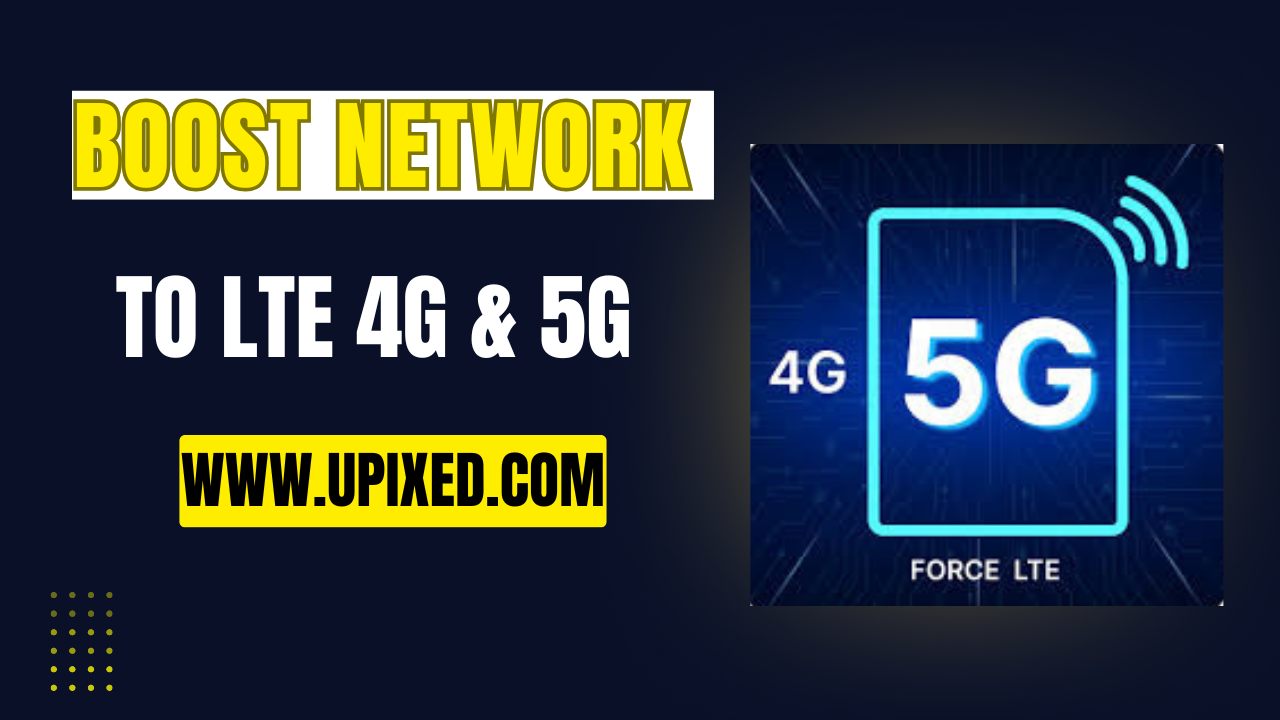Open Source Generative AI Models You Can Use in 2025: Open-source generative AI is actively reshaping the way businesses approach innovation. Whether you’re building chatbots, generating images, or deploying custom AI solutions, open-source tools offer numerous advantages. These include cost savings, customization, transparency, and a strong, supportive community.
🔍 What is Open-Source AI?
In traditional software development, open-source means that the source code is made publicly available. As a result, anyone can use or modify it for free.
However, in the realm of AI, the concept is slightly more complex. While some models share their architecture and weights, they often do not disclose training data. This has led to ongoing debates about what truly qualifies as “open.”
To better understand the landscape, let’s examine seven leading open-source generative AI models.
1. Stable Diffusion 3
-
Type: Text-to-Image & Image-to-Image
-
License: Open Source (varies by implementation)
-
Developer: Stability AI
Stable Diffusion 3 remains one of the most widely adopted image generation models in the open-source ecosystem. It creates photorealistic and highly detailed images from text prompts and can also perform image-to-image translation.
That said, unlike commercial tools such as ChatGPT, Stable Diffusion lacks a native interface. Instead, it is accessed through platforms like DreamStudio or Stable Diffusion Web, or alternatively, it can be run locally. For developers who value control over compute resources, this flexibility is a major advantage.
2. LLaMA (Meta AI)
-
Type: Large Language Model
-
License: Not fully open-source
-
Developer: Meta
Meta’s LLaMA models come in multiple sizes, making them suitable for everything from mobile deployment to full-scale cloud operations. These models are designed for efficiency, especially on devices with limited hardware.
Nevertheless, it is important to note that Meta has not disclosed the training data used. This lack of transparency has raised questions about whether LLaMA fully meets open-source criteria.
3. Mistral AI Models
-
Type: Language Models (7B, 8x22B)
-
License: Open Source
-
Developer: Mistral AI (France)
Mistral has released a series of high-performance LLMs, such as Mistral 7B and Mistral 8x22B. These models are not only lightweight but also optimized for deployment on low-power hardware. Additionally, the growing Mistral community provides excellent resources and support.
Consequently, Mistral has quickly become a go-to solution for developers seeking flexibility and openness in language models.
4. GPT-2 (by OpenAI)
-
Type: Language Model
-
License: MIT License
-
Developer: OpenAI
Although GPT-4 and GPT-3.5 are proprietary, GPT-2 remains an impressive open-source option. Built on 1.2 billion parameters, it is still useful for tasks like text generation, summarization, and chatbot development.
Importantly, GPT-2 is distributed under the permissive MIT License, which makes it highly adaptable for both academic and commercial use.
5. BLOOM by BigScience
-
Type: Multilingual LLM (176B parameters)
-
License: Responsible AI License
-
Developer: Hugging Face & BigScience
BLOOM is a global collaborative effort involving over 1,000 researchers, aiming to build a transparent, multilingual LLM. Supporting 46 spoken languages and 13 programming languages, BLOOM was designed with ethical AI use in mind.
Though not strictly open-source (due to its Responsible AI License), BLOOM is freely accessible for those who agree to follow ethical guidelines. This makes it a unique and forward-thinking model in today’s AI space.
6. Grok (by X.ai / Elon Musk)
-
Type: Mixture-of-Experts Model
-
License: Partial Open Access
-
Developer: X.ai
Developed by Elon Musk’s X.ai, Grok introduces a new architecture called “mixture of experts.” Unlike traditional LLMs designed primarily for dialogue, Grok is intended for general-purpose reasoning and generation.
Even though the model’s architecture and weights are publicly released, the absence of full code and training data creates uncertainty about its full open-source status. Nevertheless, it offers a valuable alternative to more closed systems.
7. Falcon LLM (by TII)
-
Type: Language Models (40B, 180B)
-
License: Apache 2.0 (40B); Conditional (180B)
-
Developer: Technology Innovation Institute (UAE)
The Falcon 40B model is released under the Apache 2.0 License, making it fully open-source and highly usable for commercial applications. On the other hand, Falcon 180B, while more powerful, comes with additional usage constraints.
Despite the licensing differences, both models perform exceptionally well and are ranked just behind GPT-4 on the Open LLM Leaderboards.

✅ Key Benefits of Open-Source Generative AI
Open-source models offer a variety of benefits that proprietary solutions often lack:
-
Cost-Effective: Most models are free to use, which reduces entry barriers.
-
Customizable: Users can modify model architecture or fine-tune parameters.
-
Transparent: Easier to understand how models were built and how they behave.
-
Community Support: Active forums and developers contribute to continuous improvement.
⚠️ Challenges and Limitations to Consider
Although open-source AI is promising, it also comes with certain challenges:
-
Technical Expertise is Often Required to install, deploy, and maintain models.
-
Hardware Requirements can be significant, especially for large LLMs.
-
Incomplete Access to Training Data can limit auditability.
-
Unclear Licensing may restrict some forms of use, especially commercial deployment.
🧠 Final Thoughts: Choosing the Right Open-Source AI Model
Open-source generative AI gives you the tools to innovate on your own terms. Whether you’re a startup, enterprise, or academic researcher, these models offer the power and flexibility to build something truly impactful.
Therefore, before making a decision, consider your specific use case, technical capabilities, and licensing needs. With the right model, your AI journey can begin with confidence and clarity.
For more visit our site.



